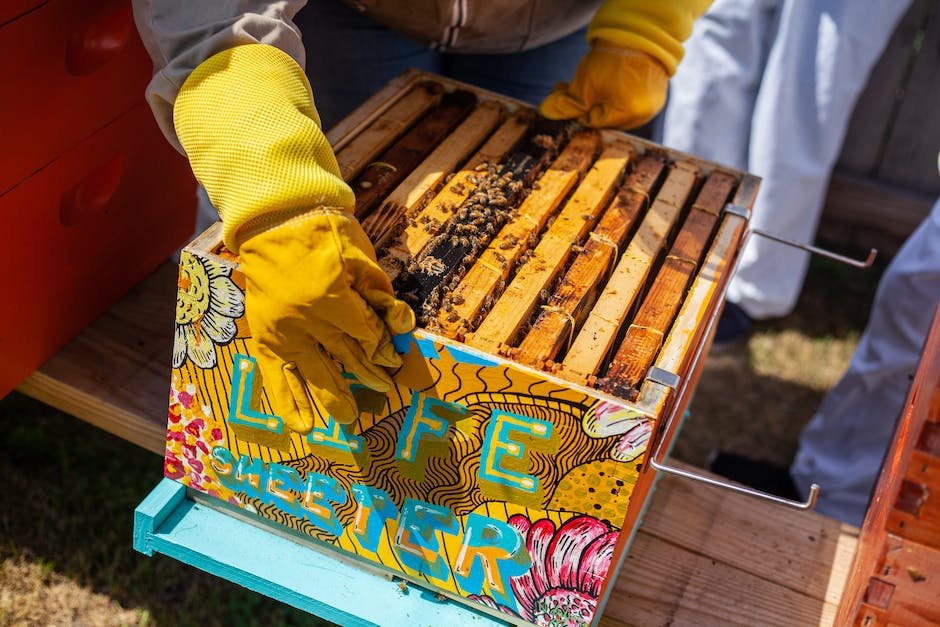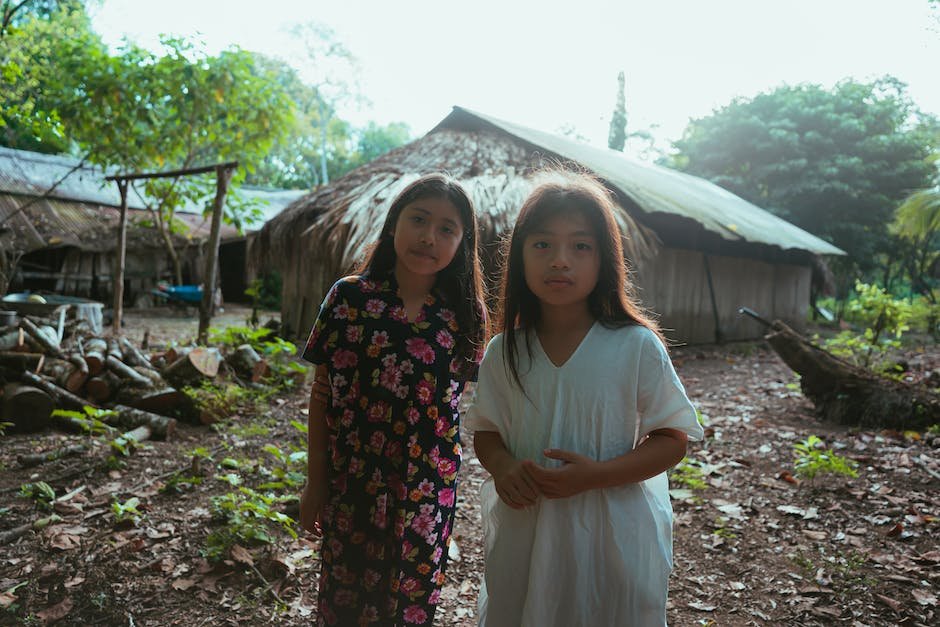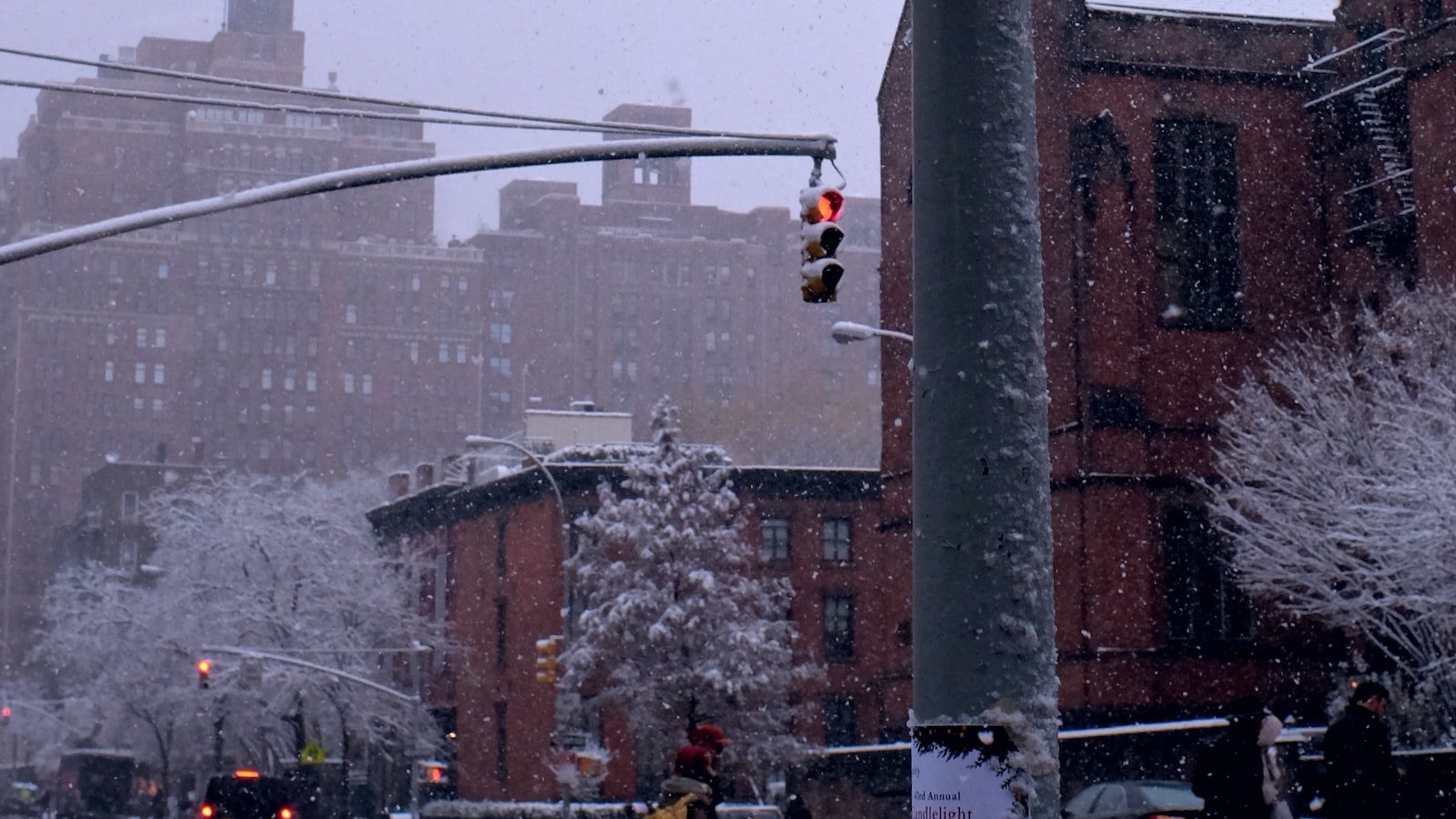The concrete jungle seems unyielding, its towering buildings and paved streets offering little respite for nature’s delicate creatures. But amidst this urban chaos, an unlikely alliance is forming – between bees and native plants. In the world of urban beekeeping, where apiaries perch atop skyscrapers and honeybees soar among neon signs, the role of native plants emerges as a silent hero. With their resilience and adaptability, these underappreciated beauties quietly support not only the survival of urban bee colonies but also the delicate balance of our urban ecosystems. Join us as we explore the intertwined relationship between native plants and urban beekeeping, and discover the vital role these plants play in nourishing our buzzing friends amidst the clamor of the city.
Table of Contents
- The Importance of Native Plants for Urban Beekeeping
- Creating a Bee-friendly Habitat in Urban Areas
- Benefits of Native Plants in Enhancing Urban Bee Populations
- Native Plant Recommendations for Urban Beekeepers
- Promoting Biodiversity in Urban Beekeeping through Native Plants
- Q&A
- The Way Forward

The Importance of Native Plants for Urban Beekeeping
When it comes to urban beekeeping, one cannot stress enough the crucial role that native plants play in supporting the honeybee population. Native plants are essential for providing a diverse and abundant source of pollen and nectar, ensuring the health and survival of these industrious pollinators. Native plants offer several unique advantages:
- Biodiversity: Native plants have coevolved with local pollinators over centuries, making them a perfect match in terms of nutritional value and accessibility. Their diverse traits allow bees to collect a wider range of nutrients, resulting in stronger and healthier colonies.
- Adaptability: Native plants are well-adapted to the local climate, soil conditions, and pests, making them low-maintenance and less reliant on artificial fertilizers and pesticides. They can thrive in urban environments, even in limited spaces like rooftop gardens or balconies, providing a sustainable source of food for urban bees.
- Seasonal Variability: By cultivating a mix of native plants with varying blooming periods, urban beekeepers can ensure a steady and diverse supply of food throughout the year. This helps sustain bee colonies during leaner times and prevents nutrition gaps that could weaken their immune system.
Incorporating native plants into urban landscapes not only benefits bees but also contributes to overall ecological balance and increases the beauty of our surroundings. As responsible stewards of the environment, let’s embrace the importance of native plants and create buzzing havens for our urban bee companions.

Creating a Bee-friendly Habitat in Urban Areas
When it comes to , there are a variety of simple and effective steps you can take to make a positive impact on our buzzing friends and the ecosystem as a whole.
First and foremost, consider planting a diverse range of bee-friendly flowers and plants in your garden or even in pots on your balcony. Opt for native species as they are better adapted to the local climate and provide a plentiful source of pollen and nectar. Some great options include lavender, sunflowers, and wildflowers.
Another crucial aspect is providing a suitable nesting environment for bees. Building or installing bee hotels can offer a cozy space for solitary bees to lay their eggs and raise their young. These hotels can be made from natural materials such as bamboo or drilled logs, and can be hung in a sunny spot to ensure warmth and protection.
To further enhance the bee habitat, avoid the use of harmful pesticides and herbicides. These chemicals can have detrimental effects on bees and their delicate pollination process. Instead, adopt organic gardening practices, such as companion planting and crop rotation, to naturally control pests.
- Plant a diverse range of bee-friendly flowers and plants
- Consider native species as they provide a plentiful source of pollen and nectar
- Build or install bee hotels to offer a nesting environment for solitary bees
- Avoid the use of harmful pesticides and herbicides
- Adopt organic gardening practices to naturally control pests
By implementing these simple actions, you can transform your urban space into a haven for bees, fostering biodiversity and assisting in their vital role as pollinators. Remember, even the smallest space can make a difference when it comes to creating a bee-friendly habitat.

Benefits of Native Plants in Enhancing Urban Bee Populations
Native plants play a crucial role in supporting and enhancing urban bee populations. These plants have evolved alongside native bee species, making them perfectly adapted to provide the necessary resources for their survival. By incorporating native plant species into urban landscapes, we can create an environment that not only benefits bees but also contributes to the overall health and biodiversity of our cities.
Here are some key :
- Familiarity and Attraction: Native plants produce flowers and scents that are familiar to native bee species, making them more attractive and encouraging bees to visit and pollinate these plants.
- Abundance of Food: Native plants offer a diverse range of nectar and pollen sources throughout the year, providing a consistent and ample food supply for urban bees.
- Habitat and Nesting: Native plants provide suitable nesting materials, such as leaves, stems, and hollow cavities, which help support bee populations by providing shelter and safe spaces for nesting.
- Healthy Ecosystems: By supporting urban bee populations through native plants, we contribute to the overall health of our ecosystems. Bees are important pollinators, and their activity helps ensure the reproduction of many other plant species.
Therefore, incorporating native plants into urban landscapes is not only beneficial for bees but also contributes to the well-being of our cities’ ecosystems. By embracing these plants, we can create pollinator-friendly environments and foster a thriving urban bee population.

Native Plant Recommendations for Urban Beekeepers
As an urban beekeeper, choosing the right plants for your apiary can have a significant impact on the health and productivity of your buzzing companions. By selecting native plants, you ensure a diverse and sustainable food source for your bees while fostering a thriving urban ecosystem. Here are some top recommendations:
- Lavender: Not only does it provide a delightful fragrance and a pop of vibrant color to your garden, but lavender also produces copious amounts of nectar that bees absolutely adore.
- Sunflowers: The towering beauty of sunflowers not only mesmerizes onlookers but also attracts bees like magnets. The large, pollen-rich flowers are a feast for these hardworking pollinators.
- Goldenrod: Often misunderstood as a weed, goldenrod is a late-season bloomer that provides bees with a much-needed pollen source during autumn when other flowers become scarce.
- Coneflowers: These perennial beauties with their vibrant hues provide both nectar and pollen for bees. Their daisy-like shape makes it easy for bees to access their precious resources.
- Blueberries: Aside from producing delicious berries for humans, blueberry plants offer an early-season source of nectar and pollen for bees, encouraging their springtime activity.
Remember, it is important to choose native plants that are well adapted to your region’s climate, as they are more likely to thrive and attract local bee species. Creating a pollinator-friendly paradise in the heart of the urban jungle not only benefits your bees but also contributes to the conservation of these essential pollinators for the world at large.
Promoting Biodiversity in Urban Beekeeping through Native Plants
One of the most essential ways to promote biodiversity in urban beekeeping is through the use of native plants. Native plants play a crucial role in supporting the health and well-being of bees as they provide a source of pollen and nectar that is familiar and easily accessible to them. By cultivating a diverse range of native plants, urban beekeepers can create an environment that not only attracts and sustains bees but also encourages a rich variety of other pollinators and wildlife.
Here are some key advantages of incorporating native plants in urban beekeeping:
- Diverse food sources: Native plants are naturally adapted to the local environment, resulting in a diverse range of flowering periods and nectar composition. This means bees have a continuous supply of food throughout the year, enabling them to thrive and reproduce.
- Habitat creation: Native plants provide nesting sites, shelter, and protection for bees and other pollinators. They create microhabitats that support the breeding and survival of a wide range of beneficial insects, birds, and mammals.
- Reduced pesticide use: Native plants have evolved alongside native pollinators and are well-suited to their natural defenses. By using native plants, urban beekeepers can reduce the need for pesticides, creating a safer and healthier environment for bees, other wildlife, and humans alike.
By incorporating native plants into urban beekeeping practices, we can create sustainable and biodiverse ecosystems that benefit not only the bees but also the entire urban environment. Let’s embrace this natural collaboration, promote the health of our bees, and contribute to the preservation of our planet’s biodiversity.
Q&A
What is the significance of native plants in urban beekeeping?
Using native plants in urban beekeeping provides several benefits. Native plants are adapted to the local environment and are therefore easier for bees to forage on, resulting in healthier hives. They also support the local ecosystem, attracting other pollinators and contributing to overall biodiversity.
How do native plants contribute to the success of urban beekeeping?
Native plants provide a diverse range of nectar and pollen sources, which are essential for bees to survive and thrive. By planting native species, urban beekeepers ensure that their bees have access to a continuous and varied food supply throughout the year, improving the chances of successful honey production.
What are some examples of native plants that are beneficial for urban beekeeping?
There are a plethora of native plants suitable for urban beekeeping. Examples include lavender, sunflowers, coneflowers, and milkweed. These plants not only provide nutritious food for bees but also enhance the aesthetics of urban gardens, attracting other beneficial insects and creating vibrant green spaces.
Why are native plants better than exotic plants for urban beekeeping?
Native plants have evolved alongside local bees, ensuring they possess the necessary qualities to attract and support them. Exotic plants, on the other hand, may not provide adequate nutrition or may lack the intricate structures necessary for efficient pollination, making them less suitable for urban beekeeping.
Can urban beekeepers grow native plants even in limited spaces?
Absolutely! Native plants can be grown in urban settings regardless of space limitations. Vertical gardens, balcony planters, and even small window boxes can be used to cultivate a diverse range of native species, ensuring that bees have access to crucial forage in even the most compact of urban environments.
How can urban beekeepers encourage the use of native plants in their communities?
Urban beekeepers can play an active role in promoting the use of native plants by organizing workshops, collaborating with local gardening groups, or hosting community gardening events. By sharing their knowledge and experiences, they can inspire others to embrace the benefits of native plants and contribute to the conservation of urban bee populations.
The Way Forward
As we conclude this exploration into the fascinating realm of urban beekeeping and the vital role that native plants play in this delicate ecosystem, we find ourselves immersed in a world where beauty and sustainability intertwine harmoniously. The dance of honeybees among the blossoming petals, their delicate wings carrying the essence of flowers, is a humble reminder of the intricate connection between nature and mankind.
In urban landscapes where concrete and steel dominate, it is easy to forget the profound impact that these tiny pollinators have on our everyday lives. However, the resurgence of urban beekeeping, coupled with the cultivation of native plants, has unveiled a remarkable opportunity for us to bridge the gap between bustling cities and nature’s innate rhythm.
The importance of native plants cannot be understated. These flora, deeply rooted in the region’s ecology, serve as a wellspring of nectar and pollen, sustaining and nurturing bee communities throughout the cityscape. From the vibrant orange embrace of California poppies to the regal purple splendor of lavender, these native plants offer a diverse array of sustenance and shelter for our buzzing friends.
Just as native plants support the bees, the bees, in turn, become tireless advocates of our urban green spaces. It is through their ceaseless foraging that they unwittingly partake in an essential act of ecological restoration, effortlessly spreading pollen from one plant to another, ensuring their reproduction and the continuation of biodiversity.
Beyond the environmental benefits, urban beekeeping has also provided a profound educational opportunity, fostering a deep appreciation for the intricacies of nature within our concrete jungles. As communities come together to support these buzzing colonies, a collective consciousness emerges, uniting us in our commitment to preserve these invaluable ecosystems.
So, let us embrace the marriage of native plants and urban beekeeping, celebrating their union as a testament to the resilience of the natural world and our capacity to coexist harmoniously within it. Each time we witness a bee flit from blossom to blossom, let it serve as a gentle reminder that sustainable cohabitation is not only desirable but imperative for the future of our planet.
As urban landscapes continue to evolve, let us rally together, planting gardens adorned with an abundance of native plants, extending a warm invitation for bees to thrive and fulfill their irreplaceable role as nature’s guardians. For it is through these small but meaningful actions that we can transcend the limitations of our urban spaces and cultivate a world where bees and humans coexist in perfect harmony, ensuring a vibrant and sustainable future for generations to come.
As an affiliate, my content may feature links to products I personally use and recommend. By taking action, like subscribing or making a purchase, you’ll be supporting my work and fueling my taco cravings at the same time. Win-win, right?
Want to read more? Check out our Affiliate Disclosure page.